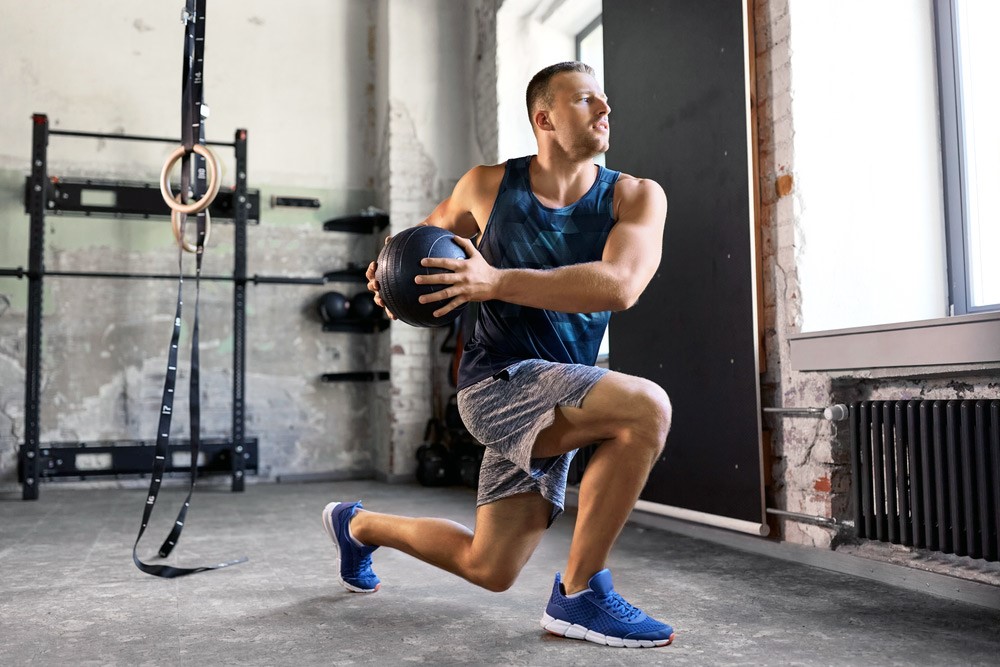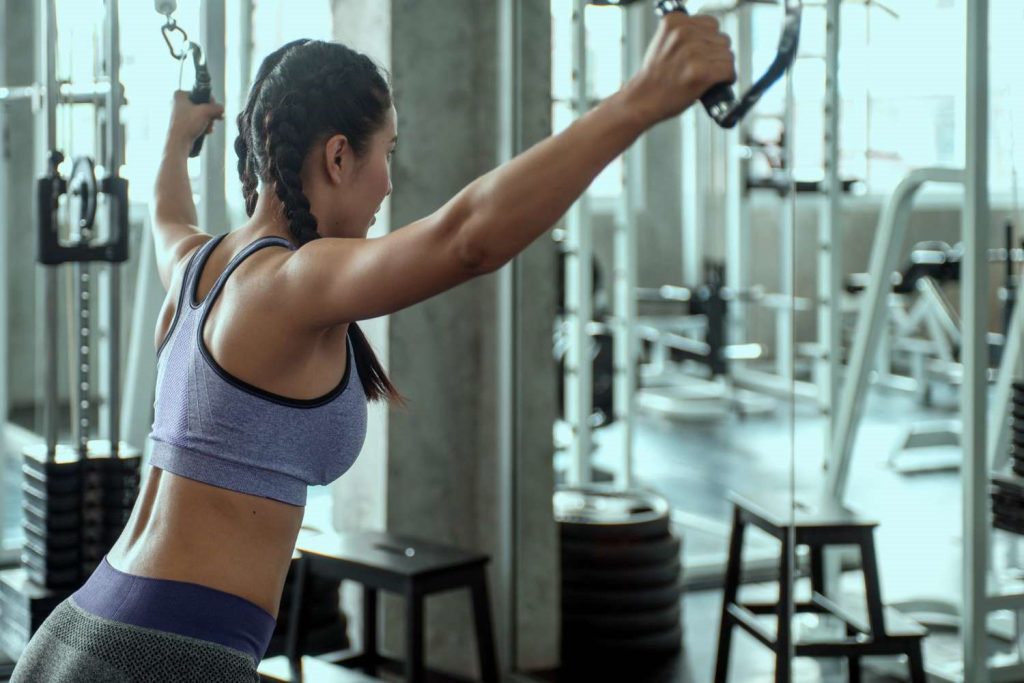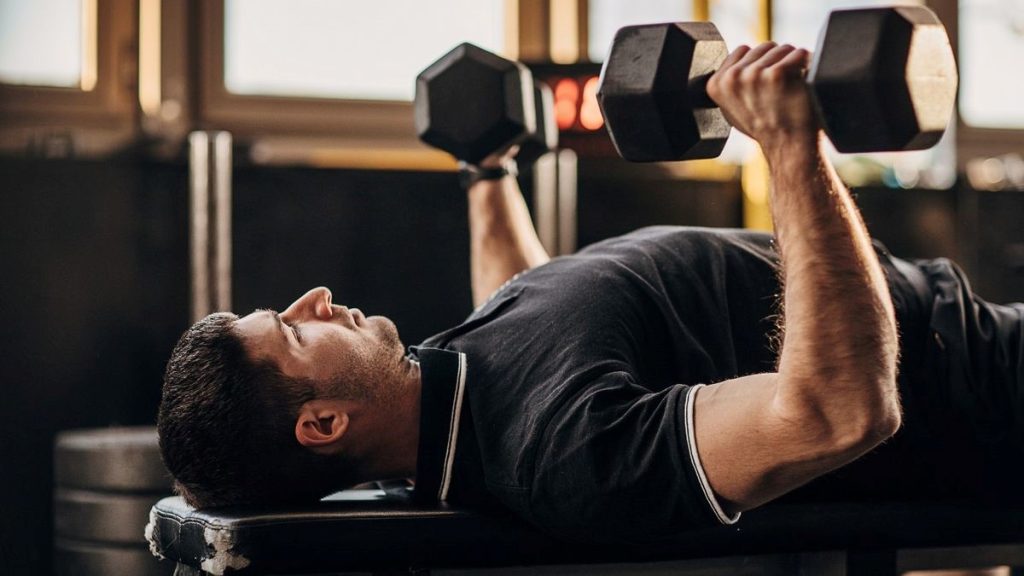1 de April de 2025
Strength and Conditioning Program for Tennis
Tennis is a sport that demands precision, endurance, agility, and explosive power. Each match is a blend of technical skill and physical stamina, where players must repeatedly accelerate, decelerate, and change direction with lightning speed.
For players aiming to elevate their performance, a tailored Strength and Conditioning (S&C) program is crucial. This guide explores the foundational principles and advanced techniques that shape world-class tennis athletes.
The Role of Strength and Conditioning in Tennis
Tennis is unique among sports for its blend of anaerobic and aerobic demands, requiring both short bursts of intense effort and the endurance to sustain performance over long matches. Strength and Conditioning bridges these needs, enabling players to enhance physical performance, maintain consistency, and minimize injury risks. Key benefits include:
- Explosive Power for Serves and Strokes: A powerful serve starts with leg drive and core engagement, requiring robust lower body strength and rotational power.
- Enhanced Agility for Court Coverage: Tennis demands quick sprints, lateral movements, and abrupt changes in direction, all of which rely on strong legs and reactive footwork.
- Increased Muscular Endurance: Endurance is essential for players to maintain high-intensity efforts throughout long matches.
- Injury Prevention: Common tennis injuries, such as shoulder impingements, wrist strain, and ankle sprains, can be mitigated with a balanced training regimen that focuses on joint stability and mobility.

Tennis-Specific Conditioning Techniques
Tennis players must prepare for the multifaceted physical challenges of the sport. A successful S&C program includes:
Core Strength and Rotational Power
- Medicine Ball Side Throws: Train rotational explosiveness for forehand and backhand strokes.
- Anti-Rotation Exercises: Stabilize the core during high-speed movements, reducing strain on the spine.
- Plank-to-Rotation Variations: Develop strength and control in transverse plane movements.
Lower Body Strength and Speed
- Single-Leg Plyometric Hops: Build unilateral power for explosive lateral movements.
- Bulgarian Split Squats: Strengthen leg muscles while improving balance and joint stability.
- Broad Jumps to Sprint: Simulate match-like explosiveness with a combination of jumping and sprinting.
Agility and Reaction Time
- Reactive Ladder Drills: Improve footwork speed and coordination.
- Cone Shuffle Drills: Enhance lateral quickness and court coverage.
- Reaction-Based Sprints: Develop the ability to respond to unexpected directional changes, simulating match scenarios.
Shoulder and Arm Stability
- Overhead Resistance Band Work: Strengthen the shoulder girdle for powerful and repetitive serves.
- Wrist Flexor and Extensor Drills: Reduce wrist strain and improve stroke control.
- Dumbbell External Rotations: Protect and strengthen the rotator cuff.
Tennis Strength and Conditioning Program
A tennis S&C program adapts to the phases of a player’s year. Below is a breakdown for off-season, pre-season, and in-season training.
Off-Season Tennis S&C Program
An off-season Strength and Conditioning program for tennis focuses on building a strong physical foundation. Players develop the strength, endurance, and mobility needed for the upcoming competitive period.
Weekly Breakdown (8-12 Weeks)
Day 1: Full-Body Strength Development
- Trap Bar Deadlifts: 4×6 reps. Build posterior chain strength for sprints.
- Pull-Ups: 3×8-10 reps. Strengthen the back and improve pulling power.
- Medicine Ball Rotational Throws: 3×12 reps per side. Mimic the mechanics of groundstrokes.
- Plank Variations (Front and Side): 4×30-45 seconds each. Develop core stability.
Day 2: Power and Agility
- Box Jumps: 4×6 reps. Build explosive power for quick movements.
- Lateral Cone Drills: 6 rounds of 15 seconds on, 45 seconds off. Enhance footwork.
- Medicine Ball Overhead Slams: 3×10 reps. Build upper body explosiveness.
- Sprint Intervals: 6×40 meters at 90% effort.
Day 3: Recovery and Flexibility
- Dynamic Stretching Routine: 15 minutes to improve mobility.
- Yoga for Tennis Players: 30 minutes. Focus on flexibility and relaxation.
- Foam Rolling: 10 minutes targeting hamstrings, shoulders, and calves.
Day 4: Rotational Power and Core Strength
- Cable Woodchoppers: 3×12 reps per side. Improve rotational power.
- Bulgarian Split Squats: 4×10 reps per leg. Develop unilateral leg strength.
- Anti-Rotational Pallof Press: 3×20 seconds per side. Build core stability.
- Sled Pushes: 5×20 yards. Enhance lower body power and endurance.
Day 5: Conditioning and Circuit Training
- Agility Ladder Drills: 5 rounds of varied patterns.
- Circuit Training:
- Kettlebell Swings: 12 reps
- Push-Ups: 15 reps
- Goblet Squats: 12 reps
- Russian Twists: 20 reps (10 per side)
- Repeat 4 rounds.
- Low-Intensity Jog: 15-20 minutes.
Day 6: Active Recovery
- Swimming or Cycling: 30 minutes at low intensity.
- Static Stretching: 20 minutes to promote recovery.
Day 7: Rest
- Focus on hydration, nutrition, and sleep. Optional light walk or mobility drills.

Pre-Season Tennis S&C Program
The pre-season transitions players to sport-specific training, focusing on agility, endurance, and game simulation drills.
Weekly Breakdown (4-6 Weeks)
Day 1: Power and Speed
- Power Cleans: 4×3 reps. Prioritize explosive strength.
- Front Squats: 4×6 reps. Build lower body power for dynamic movement.
- Medicine Ball Rotational Throws: 3×10 reps per side.
- Sprint Intervals: 5×60 meters at 90% effort.
Day 2: Agility and Footwork
- Acceleration Ladder Drills: 6 rounds.
- Reaction Cone Drills: 5×15 seconds on, 45 seconds off. Train quick reactions.
- Lateral Bounds: 3×12 reps per side.
Day 3: Recovery and Mobility
- Dynamic Stretching: 15 minutes.
- Yoga for Flexibility: 30 minutes.
- Foam Rolling: Target quads, hamstrings, and shoulders.
Day 4: Game Simulation and Rotational Power
- Depth Jumps: 4×6 reps. Build reactive power.
- Rotational Cable Pulls: 3×12 reps per side.
- Simulated Court Sprints: 5×20-yard sprints mimicking lateral movements.
Day 5: Conditioning and Endurance
- Interval Runs: 6×200 meters at 80% effort.
- Circuit Training:
- Push-Ups: 15 reps
- Bodyweight Lunges: 12 reps per leg
- Russian Twists: 20 reps (10 per side).
Day 6: Active Recovery
- Rowing or Swimming: 25 minutes at low intensity.
- Static Stretching: Focus on flexibility.
Day 7: Rest
- Focus on recovery and visualization for game readiness.

In-Season Tennis S&C Program
During the in-season, the goal is to maintain strength and agility while managing fatigue and maximizing performance on match days.
Weekly Breakdown (12-16 Weeks)
Day 1: Maintenance Strength
- Trap Bar Deadlifts: 3×5 reps at 70% max.
- Incline Dumbbell Bench Press: 3×8 reps.
- Anti-Rotational Pallof Press: 3×20 seconds per side.
Day 2: Agility and Activation
- Short Cone Drills: 6 rounds.
- Reaction-Based Sprints: 5×20 meters.
- Broad Jumps: 3×8 reps.
Day 3: Recovery and Mobility
- Dynamic Yoga Flow: 20 minutes.
- Foam Rolling: 10 minutes.
Day 4: Power Refresh
- Medicine Ball Chest Throws: 3×12 reps.
- Single-Leg Step-Ups: 3×8 reps per leg.
Match Days
- Warm-Up: Dynamic stretches, band pull-aparts, and short sprints.
- Cool-Down: Light jogging and stretching.


Leveraging Technology in Tennis Conditioning
In modern tennis, data-driven training has become a cornerstone for elite performance. Integrating Velocity Based Training devices offers valuable insights into player development by tracking movement speeds, force output, and recovery readiness. Here’s how VBT enhances tennis conditioning:
- Customized Training Loads: Coaches can adjust intensity in real-time to align with the player’s current capabilities, ensuring optimal load without overtraining.
- Explosiveness Tracking: VBT provides precise feedback on explosive movements, such as serves and baseline sprints, enabling targeted improvement.
- Fatigue Management: Monitoring velocity loss and force output helps identify signs of fatigue early, allowing for effective recovery strategies.
By utilizing Velocity Based Training and similar technologies, tennis players can maximize their training efficiency, reduce injury risk, and fine-tune their physical capabilities for competitive play.
How Vitruve Supports Tennis Athletes
Vitruve provides advanced tools that empower tennis coaches and athletes to elevate their S&C programs. By combining the Vitruve encoder with its powerful Vitruve Teams App, players gain a competitive edge through real-time performance tracking and data analysis.
Key Benefits for Tennis Players
- Precision Training: Vitruve encoders offer detailed metrics on bar velocity, acceleration, and power output, allowing athletes to optimize their strength and explosiveness.
- Position-Specific Programming: Tennis players can tailor their S&C programs to meet the unique physical demands of their game—whether improving serve power, court speed, or endurance.
- Performance Trends: The Teams App tracks long-term progress, providing insights into strengths, weaknesses, and areas for growth.
- Efficient Recovery Monitoring: Coaches can monitor fatigue levels and recovery rates to prevent overtraining and maximize readiness for matches.
By integrating Vitruve’s tools into a tennis conditioning program, athletes ensure they are consistently operating at their physical peak.
